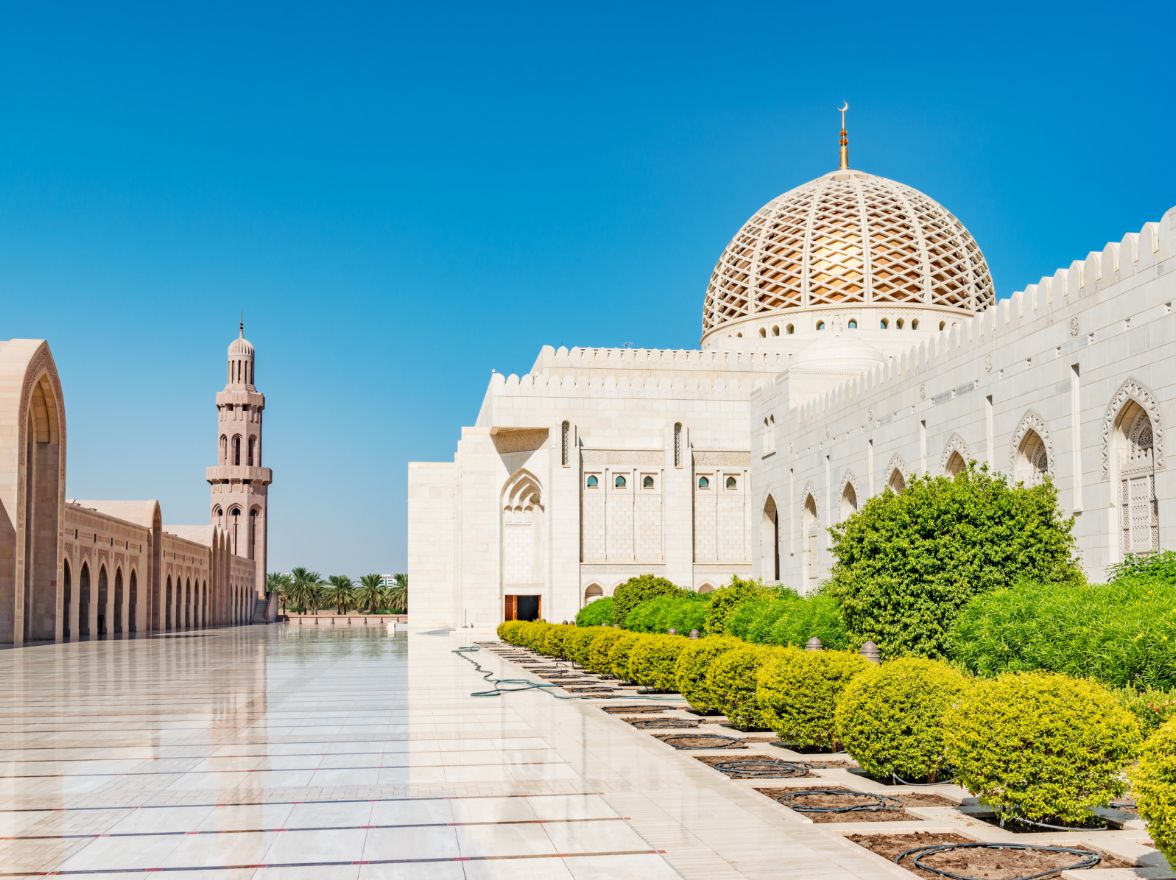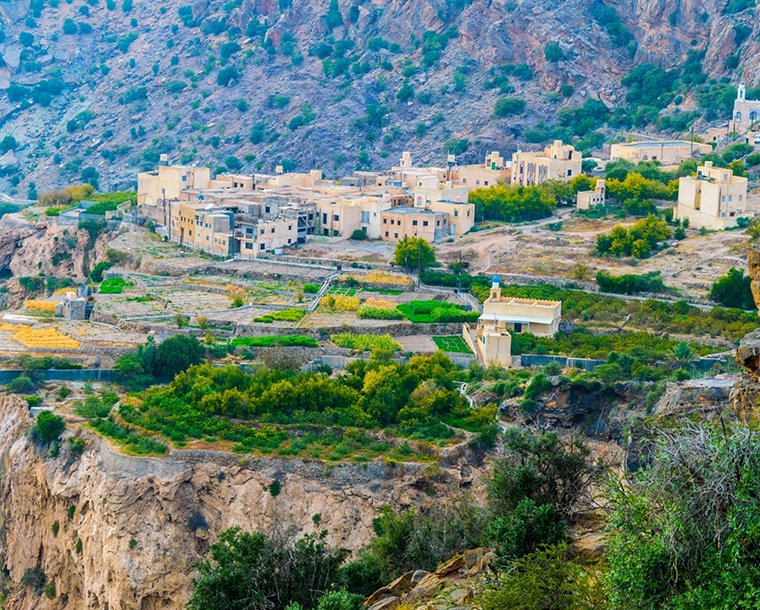

Muscat
- Muscat

Get our assistance for easy booking
Want us to call you?Inclusions
Detailed Itinerary
Day 1
-
INCLUDED
Flight
Hotel
Transfer
Meals
Sight Seeing
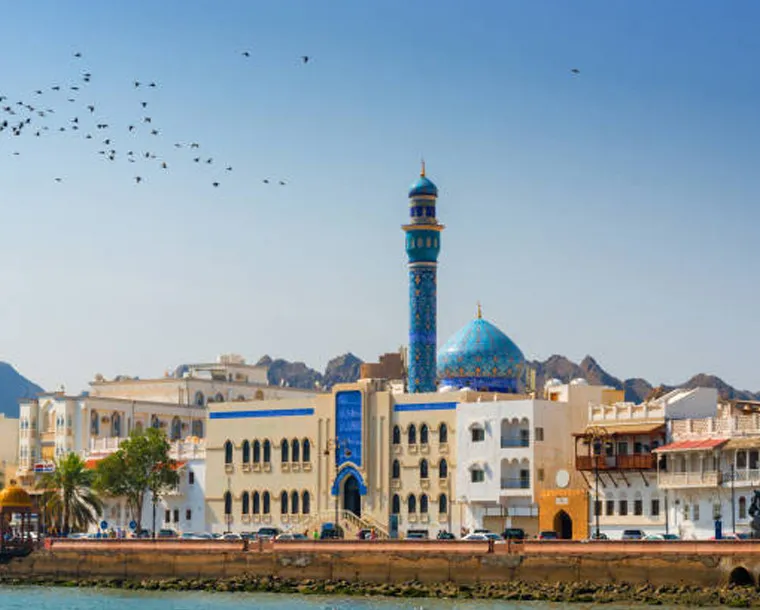
Welcome to Oman
On arrival at Muscat International Airport you will be met by our local representative and you will be transferred to the hotel.
The Day is free, for you to explore the city at your own pace.
Muscat, Oman’s port capital, sits on the Gulf of Oman surrounded by mountains and desert. With history dating back to antiquity, it mixes high-rises and upscale shopping malls with clifftop landmarks such as the 16th-century Portuguese forts, Al Jalali and Mirani, looming over Muscat Harbor. Its modern, marble-clad Sultan Qaboos Grand Mosque, with 50m dome and prodigious Persian carpet, can accommodate 20,000 people.
Overnight in Muscat.
Day 2
-
INCLUDED
Hotel
Transfer
Meals
Sight Seeing
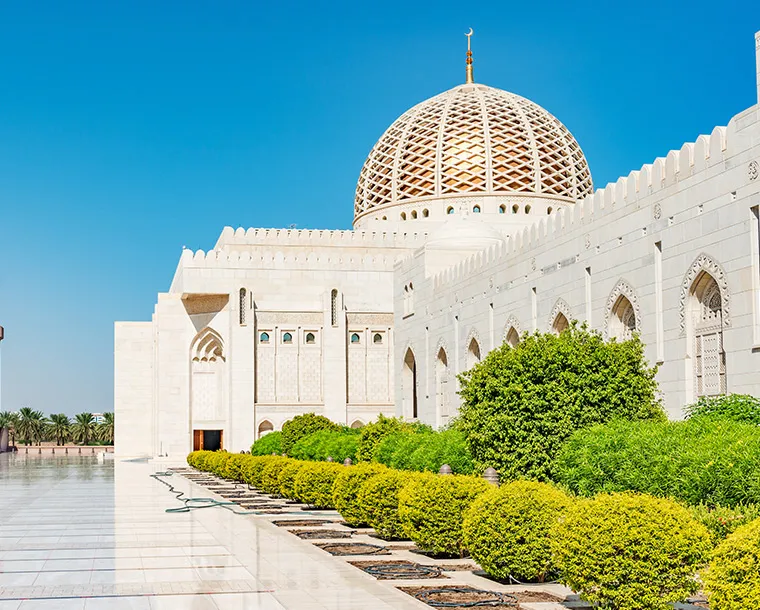
Breakfast at the hotel.
This morning we will start our tour with visit to Grand Mosque the most exquisite Mosque in Oman. The developed part of the site, including the fully consolidated areas and landscaping, covers 416,000 square meters. The Mosque complex (covering 40,000 square meters) is constructed on a raised podium in keeping with the tradition of Omani mosques that were built elevated from street level. It can accommodate up to 20,000 worshippers and consists of the main prayer hall, ladies prayer hall, covered passageways, a meeting hall, and library which will eventually contain up to 20,000 books.A major feature of the main prayer hall is the hand-made Persian carpet consisting of . 1,700 million knots, Weighing 21 tones and made in a single piece measuring 70 x 60 meters. From the design stage, it took 4 years complete and 600 female weavers from the province of Khurasan in Iran were involved.
Visit Al Alam Palace the official residence of His Majesty Sultan Qaboos Bin Said the ruler of Oman. The palace is an architectural marvel for both its design and its location between the twin Portuguese forts Mirani and Jalali (A brief photograph stop from outside only).
visit Bait Al Zubair Museum. It consists of a concise collection reflecting the splendid Omani Heritage. The collection includes traditional Omani Weapons such as swords, daggers, rifles & their accessories, along with jewellery, cosmetics & costumes from various regions of Oman.
We then visit Muttrah Souq – one of the most popular souqs in the Middle East. Take a walk in its labyrinthine alleyways beckoning with a myriad of merchandise, from imported fabrics to exotic Oriental spices, perfumes and richly handcrafted artefacts. A visit to this frenetic, pulsating hub of Muscat’s old quarter makes for a delightful experience. Here, scents of exotic Arabian perfumes and spices float through the air. Other shops specialise in famous Omani khanjars (daggers), antiques, traditional silver jewellery, and handicrafts in copper, camel bone, wood, leather and hand-made Omani costumes.
Overnight in Muscat.
Day 3
-
INCLUDED
Hotel
Transfer
Meals
Sight Seeing
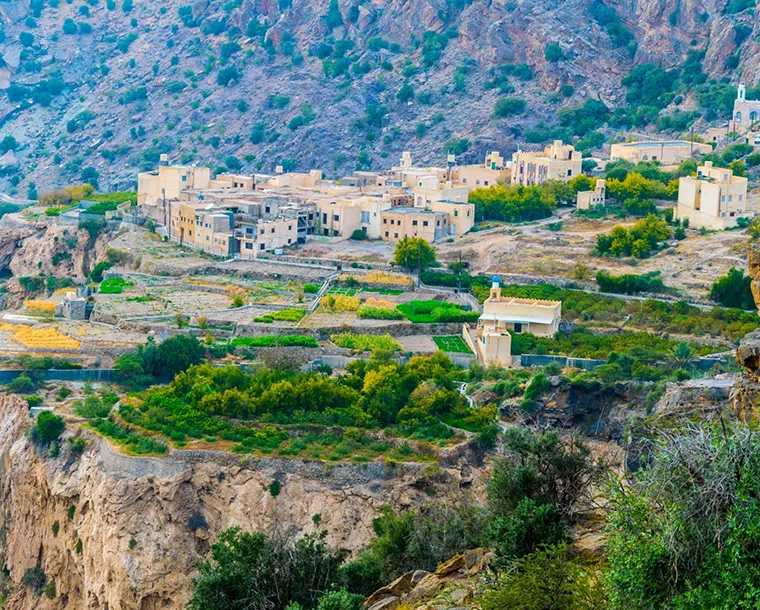
Breakfast at the hotel.
The driver will pick you up and proceed for a day to Jabel Akdhar. Your first stop is at Nizwa souq explore the souq The impressive New Souq complex has been sensitively designed using Omani fort architecture and elegant Islamic arches. The air-conditioned halls of this souq are full of fresh fruit and vegetables, herbs and spices, huge stacks of dates and freshly caught fish. This is still the best place to buy traditional silver “Khanjars” (hand- carved Omani daggers) and Bedouin jewellery, where silver is still sold by weight.
Then you visit Nizwa Fort with its massive Circular Cannon Tower, making it one of the most impressive forts in Oman Built on a solid base of rock, the huge tower was designed to withstand the vibrations of 24 cannons. From the top, a superb panoramic view gives visitors a bird’s eye view all around Nizwa and the surrounding plains – a sure delight for all avid photographers!
Drive to Jebel Akhder. In Arabic Jabel Akdhar means green mountains. Jabel Akdher is famous for gardens, farms and terrace plantations. En route you will make a short stop at Birkat Al Mouz, an old village that is famous for its ruins, large banana plantation and is also home to the old Falaj irrigation system.
Leaving Birkat Al Mouz behind you, you will begin the climb up Jabal Akhdar Mountain. At the top you will visit Wadi Bani Habib to see one of the remote villages and plantations. At first glance the village looks in pretty good shape for an abandoned village, however as you get closer you will notice that nobody is home, rooves have collapsed, walls crumbled and doors completely missing. The village is empty and just waiting to be explored. Follow your guide as they take you through the terrace gardens to view this intriguing location. Appreciate the cool climate and scenic surroundings before driving back to Muscat.
Overnight in Muscat.
Day 4
-
INCLUDED
Flight
Transfer
Meals
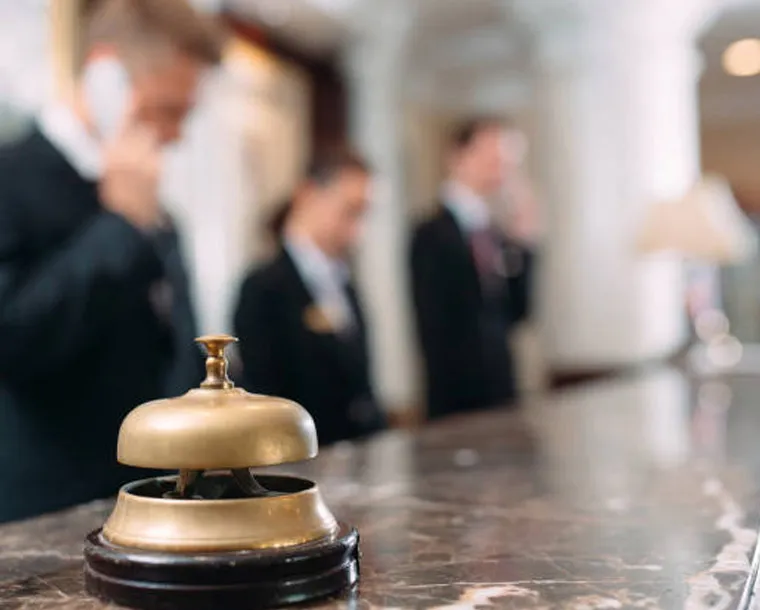
After breakfast. The day is free until checkout time. The driver will pick you up and drop you to the airport for your onward flight.
Tour Cost, Terms & Conditions
- The rates are subject to availability at the time of booking request. In the event if there are rate changes due to increase in Govt taxes, or hotel charges a surcharge, or BAR rates (Best available rates), we reserve the right to amend the rates without notice. The exchange rate is subject to change. Please ensure that you have secured the relevant visa / entry permits & valid passport. The best source of visa information is the embassy of the country itself.
- If you are interested in going ahead with this booking, we would require deposits or payments as follows either in the form of cash or cheque:
- 30 days to 21 days prior to departure date: 50%.
- 21 days to 01 days prior to departure: 100%.
- Prices in this quotation are subject to availability. Al-Tayer Holidays reserves the right to offer services of similar or higher standard based in the event of non-availability at the time of booking, at amended cost. - Please ensure that the names given to us for reservations match the names in your passport, as hotels, sightseeing tour companies are very particular about name changes. Mismatched names may result in heavy amendment penalties. We strongly recommend travel insurance as part of your package – we have excellent rates with the world’s best companies – please let us know if you wish us to add this to your package.
Inclusions & Exclusions
Inclusions
Flights :
Economy class, Dubai / Muscat / Dubai.
Accommodation :
3 nights in Muscat based on twin sharing basis.
Transportation:
Return airport transfer in Muscat on private car.
Sightseeing:
City tours in Muscat on seat in coach.
Visit Bait Al Zubair Museum & Al Alam Palace-official residence of Oman ruler.
Meals:
Daily breakfast
Insurance
Complimentary travel insurance.
Taxes
All airline and hotel taxes.
Exclusions
- Visa fees.
- International airport departure tax.
- Meals not mentioned in the itinerary.
- Items of personal nature viz. telephone calls, drinks, laundry bills, etc.
- Except all above mentioned in inclusion.
Travel Tips
Oman-officially the Sultanate of Oman, is a country on the southeastern coast of the Arabian Peninsula in Western Asia and the oldest independent state in the Arab world.
Trip Planning: The planning stage of your trip can be instrumental in its success and an enjoyable part of the experience itself. You have a world of options...and plenty to consider.
Entry and Exit Formalities: Visitors must hold a passport valid for at least six months & beyond at the time of entering the country. Some nationalities can obtain visa on arrival and for nationalities who requires visa please refer to the Sultanate of Oman consulate website: https://evisa.rop.gov.om/
Transportation: Figuring out how to get around is one of your biggest pre-trip decisions. Get our holiday expert best advice on deciding between your options. Based on your trip itinerary, our experts will help you choose wisely. You'll also find a wealth of practical travel tips.
Money: Use your money wisely. Know the best time to use cash or card — and how to avoid unnecessary fees either way — as well as tipping etiquette, and how shoppers can take advantage of VAT refunds.
Phones and Technology: Phones and other smart devices can be huge time-savers...or expensive distractions. Get our tips for making the best use of technology during your trip, and for calling home with or without your own phone.
Packing Light: On your trip you'll meet two kinds of travelers: those who pack light and those who wish they had.
Sleeping and Eating: Your hotel and restaurant choices can be a matter-of-face chore…or they can provide rich opportunities to connect with locals and their culture.
Health & Hygiene: Take comfort: Doctors, hospitals, launderettes, and bathrooms aren’t that different. Dealing with them can even be part of the fun of travel.
Sightseeing & Activities: Once you're on the ground, the real fun begins…but it pays to have a thoughtful plan. Our experts will help you get oriented to your surroundings, use your sightseeing hours wisely, and find your way off the beaten path.
Get our assistance for easy booking
Want us to call you?Discover & Indulge
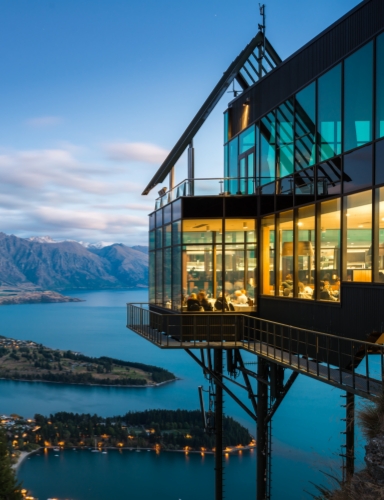
Oman’s port capital, sits on the Gulf of Oman surrounded by mountains and desert. With history dating back to antiquity, it mixes high-rises and upscale shopping malls with clifftop landmarks such as the 16th-century Portuguese forts, Al Jalali and Mirani, looming over Muscat Harbor. Its modern, marble-clad Sultan Qaboos Grand Mosque, with 50m dome and prodigious Persian carpet, can accommodate 20,000 people.
Salalah is the capital city of southern Oman's Dhofar province. It's known for its banana plantations, Arabian Sea beaches and waters teeming with sea life. The Khareef, an annual monsoon, transforms the desert terrain into a lush, green landscape and creates seasonal waterfalls. The Frankincense Land Museum, part of the Al Balid Archaeological Site, recounts the city’s maritime history and role in the spice trade
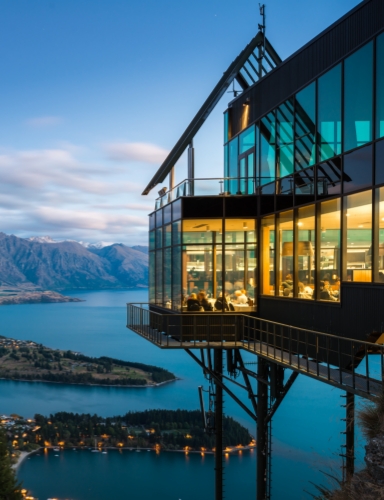
Salalah is the capital city of southern Oman's Dhofar province. It's known for its banana plantations, Arabian Sea beaches and waters teeming with sea life. The Khareef, an annual monsoon, transforms the desert terrain into a lush, green landscape and creates seasonal waterfalls. The Frankincense Land Museum, part of the Al Balid Archaeological Site, recounts the city’s maritime history and role in the spice trade.
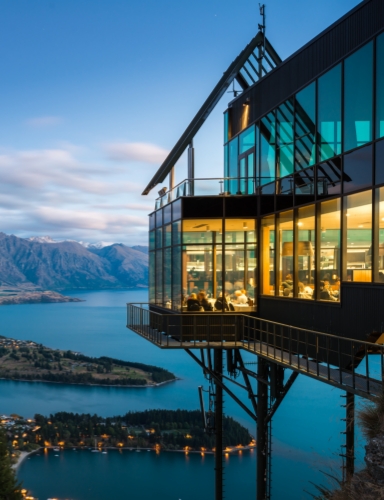
Sohar is a port city on Oman’s northern coast. Facing the Gulf of Oman, the centuries-old Sohar Fort houses a museum exploring the city’s cultural and trading past. Sohar Corniche stretches along the waterfront, with a park, restaurants and a fish market. To the west is a camel-racing track. Sohar is also a base for exploring the craggy banks of nearby ravines, including Wadi Al Jizi and Wadi Salahi.
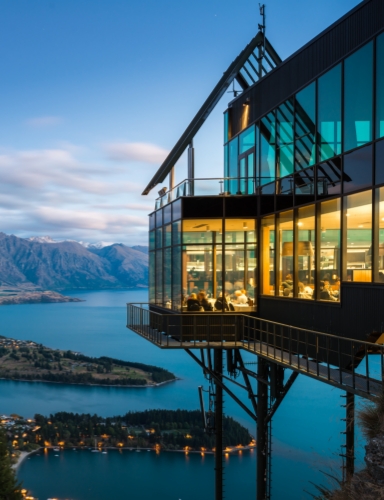
Nizwa is an ancient city in the Ad Dakhiliyah region of northern Oman. It sits on a plain characterized by seasonal rivers and palm plantations. It's known for Nizwa Fort, a castle with a huge cylindrical tower built in the 17th century to defend the city's position on a major trade route. The adjoining marketplace, Nizwa Souk, is lined with handicrafts stalls and silversmiths working in small shops.
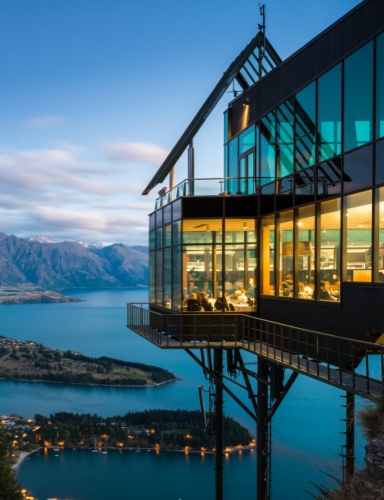
Sur is a port city on Oman’s eastern tip. Its shipyards, which still produce traditional wooden vessels, played a pivotal role in Oman’s maritime past. In the city center, Sunaysilah Fort has 4 defensive towers around a courtyard. Exhibits at the Maritime Museum include ship models. Southeast of Sur, green turtles nest at Ras al Jinz Turtle Reserve. To the west, craggy cliffs surround verdant Wadi Bani Khalid Valley.
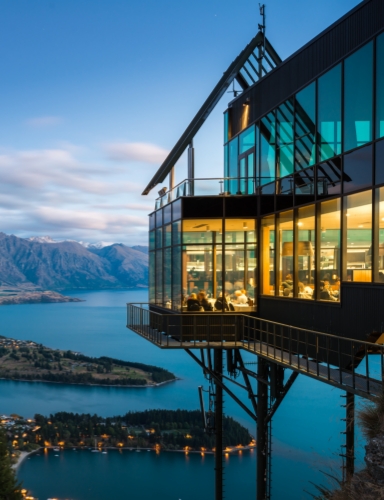
Rustaq is a town and Wilayah in Al Batinah Region of northern Oman. The wilayah is in the Western Hajar Mountains, in the south of the Batinah. Rustaq was once the capital of Oman, during the era of Imam Nasir bin Murshid al Ya'arubi.
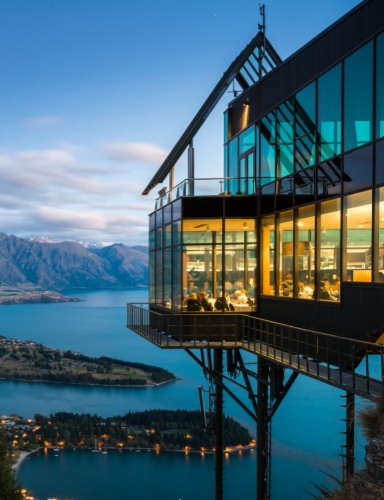
Khasab is a port city on northern Oman’s Musandam Peninsula. Khasab Fort has crenellated stone turrets, model wooden boats and a museum with handicrafts and archaeological finds. From Khasab Harbor, wooden boats cruise the Strait of Hormuz, offering rugged coastal views and dolphin sightings. South, past mountain villages and green valleys, Jabal Hareem peak is known for its marine fossils.
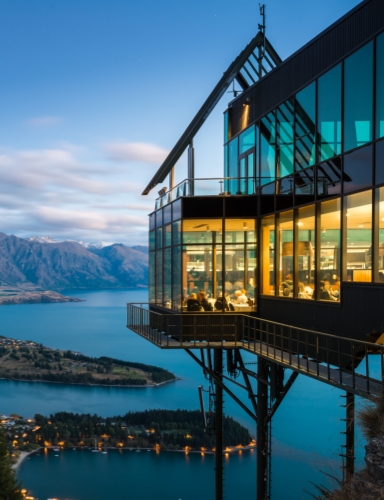
Dibba is an urban region on the east coast of the Arabian Peninsula, straddling the border of the United Arab Emirates and Oman. Sandy beaches along the Gulf of Oman are backed by the rugged Hajar Mountains. To the south, the centuries-old Al Bidya Mosque has a distinctive roof with two domes. The northern part of Dibba is a jumping-off point for Oman’s Musandam Peninsula, with its coral reefs and soaring peaks.
The Musandam Governorate is a mountainous Omani peninsula projecting into the Strait of Hormuz, separated from the rest of the country by the United Arab Emirates. Its jagged coastline features fjordlike inlets called khors, and its waters are home to dolphins and other marine life. Dhow cruises are a popular activity. In Khasab, the capital, the 17th-century Khasab Fort houses museum displays.
Al-Seeb-As Seeb or As Sib is a coastal fishing city, located several kilometres northwest of Muscat, in northeastern Oman.
Bahla is a UNESCO World Heritage Site town, located 40 km away from Nizwa, and about 200 km from Oman's capital Muscat which lies in the Ad Dakhiliyah region of Oman. It is notable as the home of one of the oldest fortresses in the country, the 13th century Bahla Fort and the town's pottery.
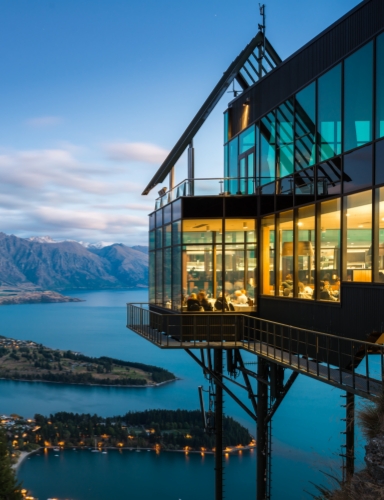
Muttrah, administratively a district-is located in the Muscat province of Oman. Before the discovery of oil in Oman, Muttrah was the center of commerce in Oman. It is still a center of commerce as one of the largest sea ports of the region is located there.


